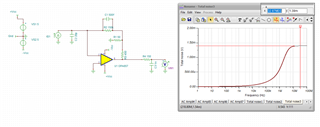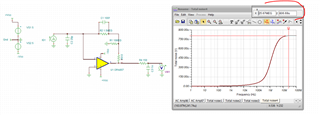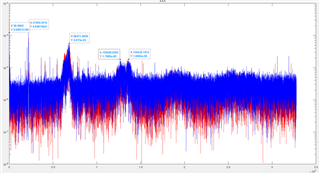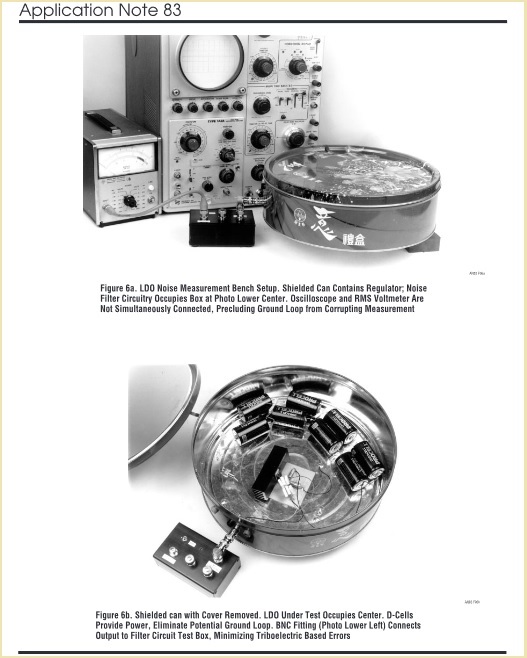Hi,
I'm testing the output noise of following circuit using OPA657 as TIA to amplify a PD. The output noise of LPF_OUT could reach 20mVp-p, which is much larger than the simulation result (0.85mV*6.6 ≈ 5.6mVp-p).
I also did calculations but the result was smaller than the simulation one so I don't paste it here.
What I have confirmed :
- The noise stay the same without the DC bias voltage (not shown in the simulaiton scheme), so it should not caused by the ripple/noise from DC-Bias driving voltage for the PD.
- The noise stay the same without the PD, so the noise is not cuased by the dark/short noise of the PD.
- The ripple of the positive/negtive voltage is less than 3mVp-p.
- The temperature coefficient of gain resistor is no more than 15ppm/C.
Before I move to next test I'd like to get some hints if anyone can help, thanks!

Updates: Improved test setup. With PD working under DC-Bias in dark environemnt. Current background noise is around 12mVp-p. And it seems major part of the noise is from the Rf - little strange compared with calculation/simulation, the feedback resistor shall not contribute so much as a 10ppm/C type is used.






